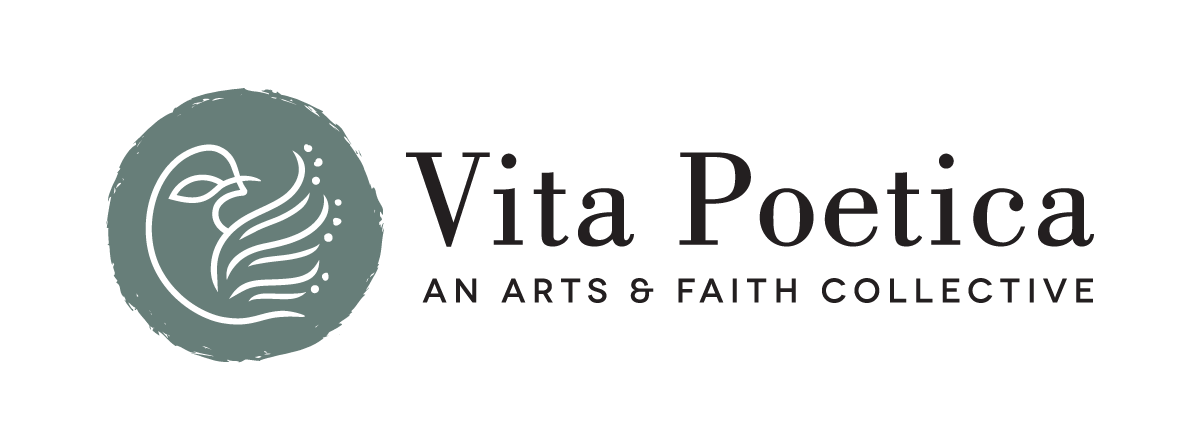Transcendence in the Here and Now
Letter from Co-Editor Caroline Langston
Last night, I came out of Holy Thursday services at my Eastern Orthodox church with a burn on my hand from where molten beeswax had splashed from the candle I was holding while Jesus was being crucified. It was an uncannily warm spring evening, but there was low humidity and a stiff breeze that was exhilarating.
And my tribe was not the only one marking the time: right across the street, the local Islamic center was hosting their Ramadan Iftar, and during the time I’d been in my own temple, their parking lot had gone from empty to crowded with cars, overhung with twinkling strings of Edison bulbs.
Everything was transcendent.
The word “transcendence” gets a bad rap these days, I think. In our bottom-line, literal age, there’s a pervasive suspicion about the prospect of anything being more than its basic material composition and desires. We tend to believe–even if only by default–that we are merely assemblages of “hardware” and “inputs.”
It’s also true that many folks in flight from some kinds of religion are dubious about transcendence as a concept because they associate it with contempt for the natural world, and the kind of salvation-seeking that is little more than what is jokingly referred to as “fire insurance.”
But my burned hand and the Iftar revelers are testament that transcendence can coincide with—can, in fact, co-inhere—with everything that is here and now.
This edition of Vita Poetica brims with the ways in which the physical is imbued with the eternal. Terri Brown-Davidson’s moving poems “Frida at Henry Ford Hospital” and “On My Back in Bed” take the rough biographical facts we know about painter Frida Kahlo’s grief amid her Detroit miscarriage and enfleshes them with unexpected evocations of how her experience cohere’s to nature’s. And O Thiam Chin’s short story “A Wolf’s Heart” immerses us into the world of a young Chinese boy as he investigates his remote sickly grandfather’s apartment for clues to who his grandfather is, and by extension, to who he is himself.
Immerse yourself and enjoy, for there is an interplay of perspectives: Matthew James Babcock’s kickass (there really is no other word) litany for a decadent America, “Praise Be,” and Mary Buchinger’s “On the Train, Mulling Over Menopause,” with its wise protagonist’s heartfelt identification with the released convict she encounters. He, too, is transcendent–and she, in fact, makes him such, remarking
. . . But three years is a long time to account for,
and those blue-black initials tattooed on his neck,
a life-bound psalm.
Of all the joys of this issue, I can’t say it better than Ellie Benedict’s “Collaborating with God through Natural Dyeing”:
The other fun part about this natural art form is that it never stops changing: This project will probably fade. Time, sunlight, air, or being exposed to new pH levels could dramatically change the color over its lifetime. I’d like to invite you to delight in those changes as well. Natural art is alive! God’s presence in our lives is alive!
(And, if you’re local to the DC area, I hope you’ll be able to join us for Ellie’s in-person workshop in early summer.)
Selah
